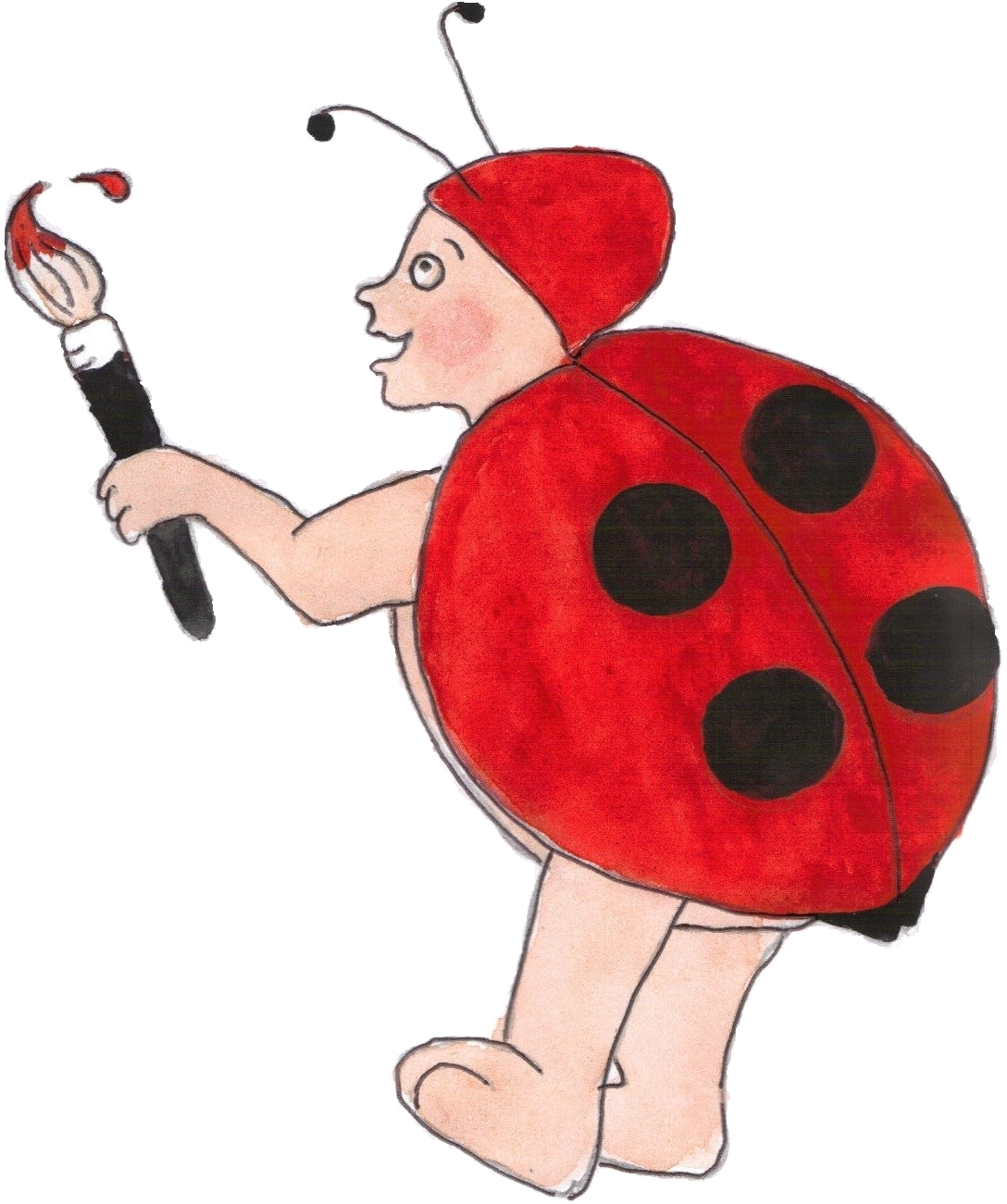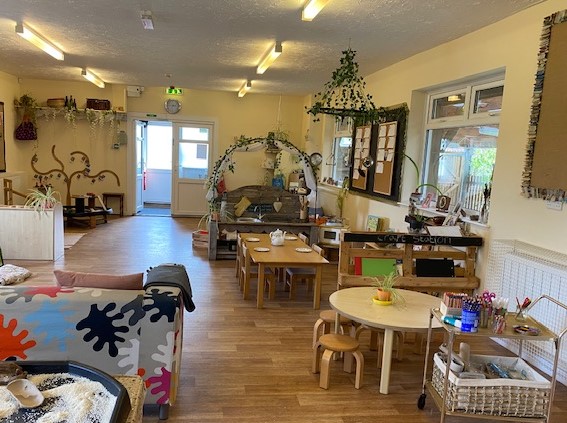Note that this map is a guide only and planning will evolve according to the motivations, interests and curiosity of the children as unique individuals.
We are aspirational for all our children and approach every ‘in the moment’ opportunity with a growth mindset by scaffolding learning opportunities.
| 7 Areas of Learning | ||||||||
| Texts and Rhymes to support learning | Communication and Language | Personal, Social and Emotional Development | Physical Development | Mathematics | Literacy | Understanding the World | Creative Arts and Design | |
| Continuous Provision | Number Rhymes Read a wide range of texts- a variety of story books | Explore new vocabulary by exploring unfamiliar words and concepts through stories and activities. Talk about what is happening and give their own ideas Ask questions to find out more “Who, what, when, how?” | To identify Feelings and learning strategies to regulate Independence and preparing for school readiness. British values- sharing, saying please and thank you, being kind. | Daily Gross motor skills: Running, climbing, bike riding, ball games Daily Fine motor Skills: Playdough, drawing, painting, water play, mud kitchen. Self- dressing | Showing an awareness of numbers in the environment sorting by size and capacity Sequencing familiar events Prepositional language | Give meaning to marks- mark making with purpose Begin to become familiar with the formation of name in visual and writing. Story mapping | Talk about people who are significant to us and family traditions Learn how to show care and concern for living things Become familiar with roles in the community | Using a range of methods and a variety of materials to produce Art. Junk Modelling Experience a wide range of materials- messy play |
| Learning Experience- ‘Oceans’ | Exploring world maps of the oceans | Carpet time- What lives in are oceans Talk about different sea creatures that inhabit are different oceans. Carpet time- what is pollution? How can we keep are Oceans safe and clean? | Large group activity- Learn and sing the Marine mammal boogie song using a cuddly toy of the animals to pass around in a circle with our friends. | Fine motor skills- selecting and posting sea materials to make a Ocean in a bottle. Can I make an ocean themed sensory bottle? | Talk about our Oceans and how big they are? show children world maps and talk about the largest and smallest oceans; compare sizes. | World Oceans Recycling Tuff Tray- How did the litter get in the ocean? Can we clean it? Exploring the impact that litter has on the ocean and its inhabitants | Large scale outdoor painting- create waves using rollers and paints in the style of Katsushika Kokusai. | |
| Learning Experience- ‘Under the sea’ | Tiddler by Julia Donaldson Rainbow fish by Marcus Pfister The little turtle and the sea by Becky Davis Anemone is not an enemy by Anna McGregor Hooray for fish by Lucy Cousins | Song time- Learn “I had a little turtle” song Talk about what are favourite sea creatures are and why? – colourful/colours- coral reef – different shapes and size of fish- biggest/smallest – Different textures- seaweed/ Anemone – | Exploration senses tuft tray- Seaweed, shells, sand and water Parachute game- encourage children to work together to make the dolphin jump from the sea waves (parachute) | Sea urchin Playdough- Different coloured playdough with- glitter, cocktail sticks for spikes. Can you make your own sea urchin? | Octopus counting playdough- large octopus made from playdough with cheerio’s to count onto the numbered tentacles. | Mark-Making- Children to create their own rainbow fish using oil pastel mark- making onto a foil covered fish template | Learning all about the coral reef- Exploration Coral Reef Tuff Tray- pretend coral and sea urchins, sea creatures, rocks. Sparkly Anemone craft- Can you make your own Anemone with a toilet tube and crepe paper strands. | Children to create sea turtle patterned shells using grided cut potatoes and paint to print. See turtle collage- Children to create a sea turtle using paper plates and small squared cut green tissue paper to stick on to make a shell. Add green face and legs when dry. |
| Learning Experience- ‘Adventures at the Seaside’ | What the ladybird heard at the seaside by Juila Donaldson Clem and Crab by Fiona Lumbers | Talk about what we might find when we walk along the beach? Crabs- have we ever been crab fishing? Shells Seaweed Rocks- have we ever been rock pooling? | Carpet time- Learn pirate songs- Join in role-play pirate games. | Fine motor skills- painting- using the rocks the children collected at the beach. Use acrylic paints to paint various designs/patterns of the children’s choosing. | Seashell printing in playdough- what shapes and patterns can you create in the dough? Can you count the seashells? | Pirate maps- Stain paper by painting with cold tea then create a visual pirate map! Draw trees, mountains, the beach, sea, caves etc! X marks the spot! (See activity 3) | Seaside exploration tray- sand, water, crabs, shells and seaweed. | Paper plate crab art- use orange torn paper to stick to the paper plate to create your very own crab. Add some googly eyes and pincer crab legs! |
| Learning Experience ‘Rainforest Habitats’ Sunday 22nd World rainforest day | Carpet time-what do we know about rainforests already? Talk about the rainforest- what is it? What animals live there? How tall are the trees? Look at fun fact sheets about the rainforest | Make Fruit kebabs- Use a selection of tropical fruit to create colourful fruit kebabs. Which is our favourite fruit? | Yoga- Follow Sophies jungle adventure and complete rainforest-inspired yoga poses, such as “tree frog pose,” “monkey pose,” and “sloth twist. “Whilst listening to rainforest music | Mark-making-Creating Rainforest animal patterns- Look at the animal patterns and markings, which animal do they belong too? Can we make our own animal patterns? | Develop understanding of the natural world by creating a classroom tropical eco system Terrarium. Fill/layer the terrarium with pebbles, soil and moss. Add succulents and maybe a rainforest friend. | Let’s make some Indigenous Tribe music by Creating rain sticks. Learn some rainforest songs. Three talking toucans Little Froggy etc | ||
| Learning Experience- ‘Holidays’ | A selection of holiday brochures and days out guides | Carpet time- talk about if any children have been on holiday? Talk about Transport- How do we arrive to our destination holiday, by aeroplane, boat, train, car? | Role-play holiday destinations- working as a team to build a campsite for camping. What do we need? | Role play- a trip out on the Bure railway- create a large train using the loose parts outside. | making paper aeroplanes- how fast and far can they fly? Measure distance of each. Making paper boats- do they float in the water? What if we put something like a coin in them? How many coins will it take for our boat to sink? | Can you make/write a postcard to send to a relative? can you add a stamp and post in in the post-box? | What do we take on holiday? Talk about your favourite holiday or trip and pack a suitcase or bag as if you were going away. Have a variety of items; suitcase, holiday clothes, hat, sunglasses, toiletries, towel, suncream for the children to explore. | Can you draw a picture of your favourite holiday destination. Is it a beach? Swimming pool? Visiting family? |
| Learning Experience- ‘Bears’ Thursday 10th Teddy bear Picnic Day | We’re going on a bear hunt by Micheal Rosen goldilocks and the three bears Read brown bear, brown bear, what do you see? By Bill Martin JR and Eric Carle | Bring in our favourite ‘teddy bear’ sit in a circle with our bears and one at a time ‘show and tell’ Why it is our favourite? Teddy bear picnic in the garden | Sensory exploration- Polar bear habitat tuff tray- Children to explore a range of materials such as ice, water, cotton wool in a artic polar bear habitat. | We are going on a bear hunt’ exploration trail. Re-tell the story and explore the tuft trays along the way! | Goldilocks Investigation tuff tray-Add porridge oats, different sized bowls and spoons to a large activity tray. Children mix to identify changes. Ice exploratory tray- freeze small counting bears in different shaped moulds. As they melt reveal how many are hidden | Goldilocks Story sack- Pull objects that are related to the story out of a bag, one at a time. For example, a box of porridge oats, a bowl and a soft toy bear. Can the children work out which story you are going to read to them? Why do they think it is going to be that story? | Goldilocks found Daddy Bear’s bed ‘too hard’ and Mummy Bear’s bed ‘too soft’. Invite children to investigate natural materials that are hard and soft and sort them into two containers. | Bear painting with a fork- use a fork and dip into brown paint. Print onto paper to make the bears fur markings. Polar bear paper plate craft- create a polar bear face using cotton wool, black pom poms and googly eyes on a paper plate |
| Extra Cultural Experiences: ‘Father’s/ Special person Day’ 15th June | Talk about are father’s/ Dad’s/ Carers/Grandads Why are they special to us? | Father’s Day cards and gifts | ||||||
| Child’s Safety week 2nd-6th June | Safety books- people who help us. | Communicating together about safety- Role play lollipop lady- road pedestrian crossing in garden with safety signs and cars. | Teamwork- working together- Children put out a pretend fire (drawn on a tuff tray) using pipettes and water filled spray bottles. | Learning instructions for road crossing- the Stop and go game | Melting objects- What can the sun’s powerful heat do? Use a muffin tin with a range of objects including: (items that melt) ice cubes, ice cream, jelly sweets, chocolate and a range of non-melting objects. Let the children create their trays and put them outside in the sun to see after time the changes the sun can do. | Suncream challenge: Apply a handprint of suncream to a black piece of card- leave card in direct sunlight until the end of the day. Did the colour of the card fade around the suncream handprint? | Road safety- Learn the super cats safety rap about crossing the road. | |

